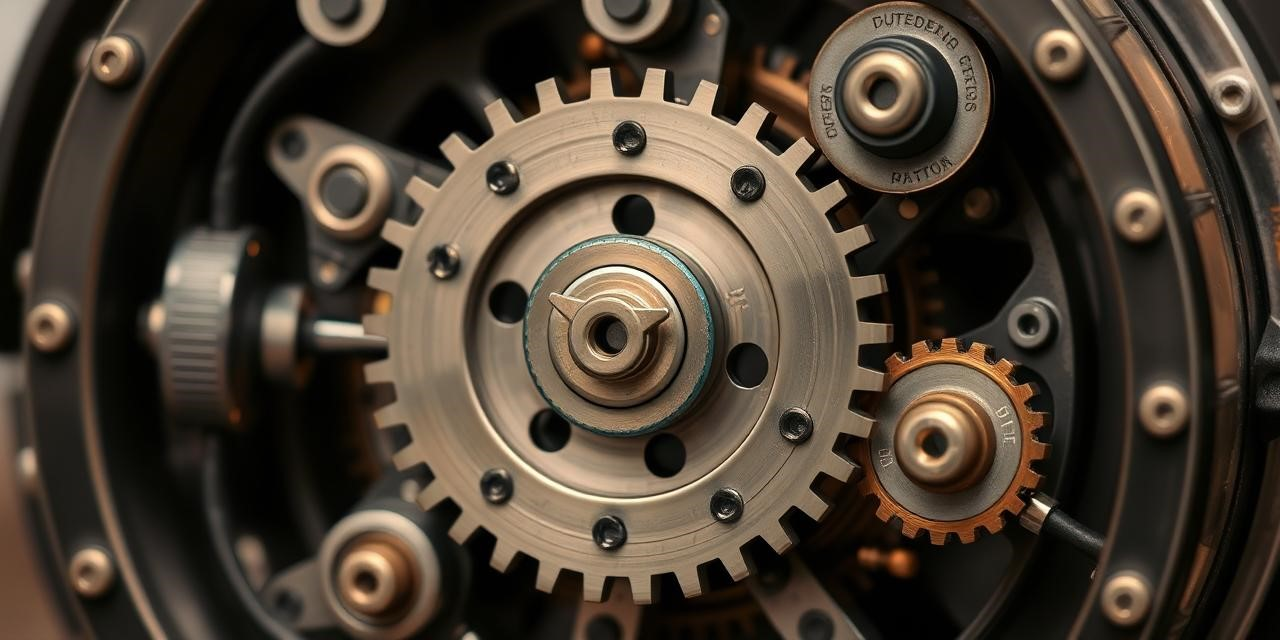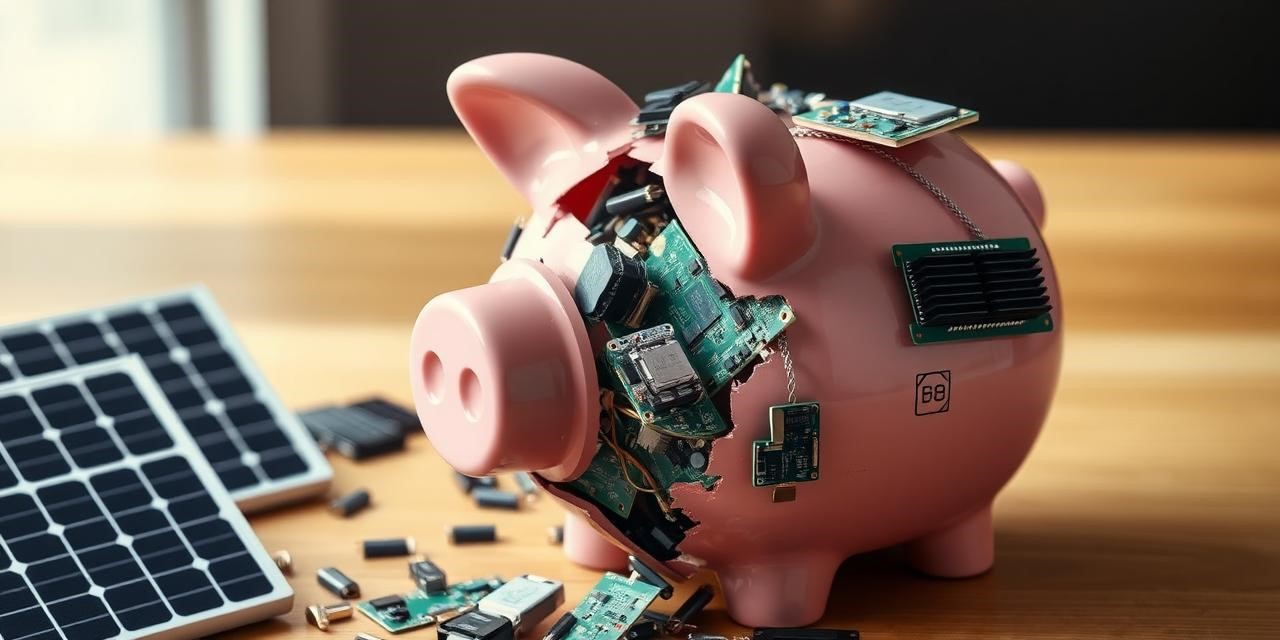We’ve all heard the pitch: clean, limitless, and free energy. Sounds amazing, right? It’s a dream that’s been around for ages, and crowdfunding has made it easier than ever to chase. But why do so many of these projects end up in flames, leaving backers with nothing but a bad taste in their mouths?
I’m a Certified Fraud Examiner. Basically, I look for holes in things that sound too good to be true. And I’ve seen this “free energy” pattern way too many times. It’s usually a mix of genuine excitement, wishful thinking, and sometimes, plain old fraud. So, let’s break down why these campaigns so often fail.
The Impossible Dream: Why “Free Energy” Struggles
Most “free energy” claims stumble on some basic physics. The laws of thermodynamics, especially the one about energy conservation, are pretty solid. Perpetual motion machines? They’re a no-go, scientifically speaking. But people keep trying.
Many projects try to twist existing tech or invent completely new ways to generate power. Innovation is great, but it needs to be based on real science. Too often, these projects rely on shaky theories, incomplete data, or just plain pseudoscience.

Think about all those gadgets promising to pull energy from the “zero-point field” or harness “quantum energy.” These concepts exist in theory, sure. But turning them into a real, working power source? That’s still science fiction. And often, that huge leap is conveniently skipped over, leaving backers with hopes that’ll never pan out.
Market Realities: It’s Not Just About the Tech
Let’s say someone actually did invent a revolutionary energy source. They’d still face a huge fight in a market already dominated by big companies and strict regulations. Renewable energy is growing, but it still needs massive infrastructure and investment. A tiny crowdfunding project promising a miracle faces insane challenges to actually produce, distribute, and get approval for their product.
It’s easy to fall for the “build a better mousetrap” idea. Just because something sounds cool doesn’t mean people will buy it. A lot of “free energy” projects skip the boring stuff like market research. They overestimate demand and underestimate how hard it is to compete with existing energy sources.
Keeping Backers Happy (or at Least Informed)
Crowdfunding is all about community and trust. People aren’t just buying a product; they’re buying into a vision. So, when things go wrong – and they will – communication is key. Silence, delays, and vague excuses kill trust fast.
Successful campaigns keep people updated, answer questions, and give realistic timelines. Failed campaigns often turn into ghost towns, leaving backers in the dark and wondering if they’ve been scammed. And if the team lacks technical know-how, they might struggle to explain problems or adapt to surprises, making things even worse.
Money Matters: Budgets and Bad Decisions
Developing any new tech is expensive, especially energy tech. A lot of “free energy” crowdfunding campaigns are severely underfunded. Their budgets don’t cover research, development, prototypes, testing, manufacturing, and all the regulatory hoops they have to jump through.
Even with enough initial cash, bad financial management can sink a project. Overspending, unexpected costs, and not having a backup plan can drain resources quickly. Sometimes, funds get used for unrelated things or just get mismanaged because nobody on the team knows how to handle money.
Red Tape and Legal Nightmares
The energy industry is heavily regulated, and for good reason. Safety, environmental impact, and how it connects to the power grid are all under strict control. “Free energy” projects often underestimate the time, money, and effort it takes to navigate these regulations.
Plus, some projects might accidentally infringe on existing patents or intellectual property, leading to legal battles and delays. Knowing the legal landscape is crucial for any energy project, but it’s often overlooked in favor of focusing solely on the tech.
So, Is There Any Hope? Lessons Learned
The fact that so many “free energy” crowdfunding campaigns fail doesn’t automatically mean they’re all scams. Some might be genuine ideas that get tripped up by technical issues, market realities, or just bad management. But, backers and creators alike need to be skeptical and understand the risks.
For creators, be transparent, create realistic budgets, and stick to solid science. For backers, do your homework. Research the team, examine the technology, and understand the market before you invest. Remember that old saying? If it sounds too good to be true, it probably is.
Maybe, someday, a truly revolutionary energy technology will emerge from crowdfunding. But until then, be careful and use your common sense. And maybe avoid anything that claims to defy the basic laws of physics.
And if you’re still tempted to back a “free energy” project? At least talk to a Certified Fraud Examiner first. It could save you a lot of grief – and a lot of money.


